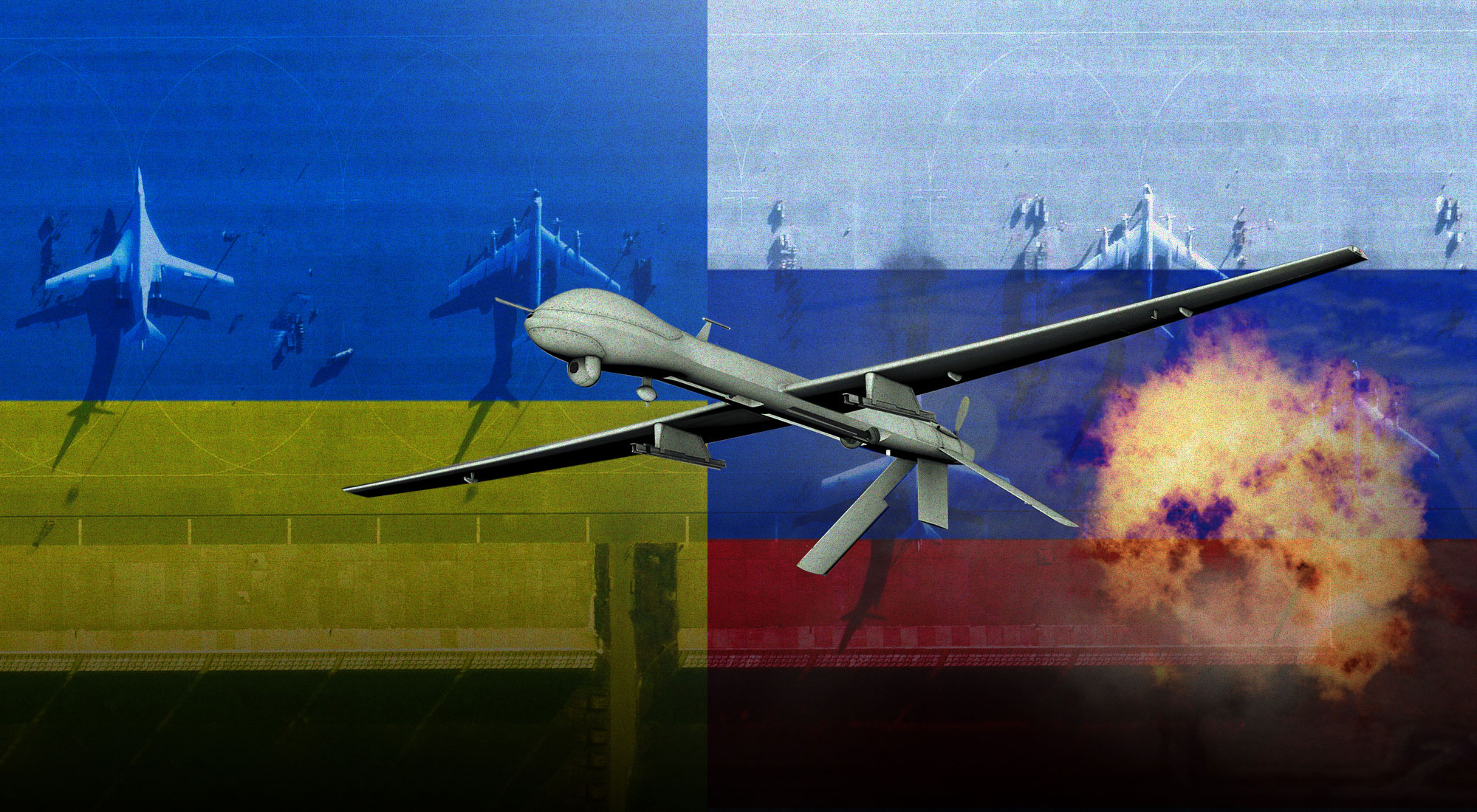Terrorist violence is not evenly distributed across the globe. We know that incidents of terror are highly concentrated in a just a few regions of the world. Even when excluding the long-running insurgencies and occupations of Afghanistan and Iraq, we observe that between one half and two-thirds of all terrorist incidents world-wide occur in the Middle-east/North Africa (MENA), and South Asia. This is well known and documented. What have not been given much attention are qualitative differences of terror across regions. If qualitative differences can be observed, then we may reasonably conclude that beyond the sheer volume and prevalence of terrorist violence, people can experience terrorism differently depending on where they live. If terrorism is qualitatively different, not just more or less likely to occur in any given location, then it is also sensible to expect that governments can and should apply different tactics and stratagems to prepare themselves and their populations for terrorist violence.This paper will use the recently updated Global Terrorism Database (GTD) to compare terrorism across seven key regions, between 1996 and 2017 (the final year in the database). It will compare across three key characteristics, weapons used, the lethality of terrorist violence, and the targets of terror.
Data Source and Analysis
The following uses the 2018 publication of the Global Terrorism Database. This dataset is a comprehensive compilation of terrorist incidents from 1971 to 2017.[1] There are some unique features of this dataset that require some explanation. First, according to the database codebook, to qualify as an incident of terror it must meet at least two of the following three criteria:
1.) it has a clear political, economic, religious, or social goal;
2.) it has the intent to coerce or intimidate a larger audience and publicize or draw attention to itself;
3.) is outside the context of “legitimate warfare activities.”
This study has included only those incidents that meet all three criteria. Since 1997, the GTD has also included a variable that intends to capture perceived “doubt” that a given incident was in fact terrorism. This study includes incidents recorded as having “essentially no doubt as to whether the incident is an act of terrorism.” This represents a highly restrictive definition of terrorism.
I have also chosen to exclude the terrorist attacks of September 11, 2001 in the United States. Recorded as four distinct incidents in the GTD in which over 3,000 people were killed and over 15,000 were injured, this occurrence of terrorism in North America was so large and so atypical that it has an outsized effect on analyses that include it. I have also excluded Afghanistan and Iraq from the analysis. These two countries accounted for slightly over half of all terror incidents and more than half of the deaths and injuries compared to their respective regions (South Asia and MENA, respectively), and hence they tended to dominate a regional analysis. Separate analysis of these two countries will be offered in the conclusion to draw attention to the concentration of terrorist violence in Afghanistan and Iraq. Finally, I only include incidents of terrorist violence that are recorded as “successful” by the GTD, to include those in which no one was killed or wounded, defined in the GTD codebook as, “essentially, the key question is whether or not the attack type took place.” This paper will focus on those regions with the most terror-related activity, while also admitting North America into the analysis.[2]
Weapon Trends
Explosives or firearms are used in ninety percent of all terror attacks in each of the regions in this study except for North America and Western Europe. In North America, the single most used weapon was an incendiary device (to include arson, and fuel-bomb “Molotov Cocktails”). North America also saw the greatest mix of weapon types, which along with Western Europe, drove emerging trends in the use of vehicles (not carrying explosive devices) and “melee” weapons, usually knives or other sharp objects like axes, and machetes. The greatest prevalence of suicide attacks occurred in MENA and Sub-Saharan Africa (8% and 7% of all terror attacks), the lowest incidence of suicide terror occurring in Southeast Asia, Western Europe and North America.
Perhaps most interesting is the divergence of how terrorism is experienced in North America and Western Europe and the rest of the world. In most of the world, terrorism is experienced by either firearms or explosives. However, people in North America were far less likely to experience an incident of terrorism that primarily utilized an explosive device than anywhere else in the world. In North America, incendiary devices were used far more frequently than in other regions; these appear to be driven by attacks against houses of worship and abortion clinics (attacks that are arguably religiously motivated). Emerging trends across all regions are the use of knives or other sharpened weapons (“melee” in the GTD) and vehicles not carrying explosives.

Figure 1: Weapon usage, by percentage of all incidents, by region
The more diverse mix of weapons used in North America may contribute to terrorism acquiring for people who live there an increasingly random and less predictable quality than elsewhere. Suicide bombings and the use of explosives were most often associated with Sub-Saharan Africa, South Asia and MENA. Eastern Europe, mostly driven by incidents in Russia, was on par with MENA and South Asia in terms of the percentages of attacks that relied primarily on explosives, though the incidence of suicide bombings was half of that in Sub-Saharan Africa and closer to what was experienced in North America. These differences mean that not only do those living in Sub-Saharan Africa, South Asia, and MENA experience significantly more terrorism, the means by which they are terrorized is qualitatively different from those who live in Europe or North America.
Figure 2: Emerging weapons trends, number per year (vehicle attacks, right axis)

Lethality
Terror incidents occur without killing or wounding anyone about thirty-five percent of the time on average, but this is not true everywhere. In Western Europe and North America, between sixty and eighty percent of all terrorist attacks did not result in any loss of life or injury. In Sub-Saharan Africa, however, four out of five attacks killed or wound at least one person; in MENA terrorist attacks occurred without death or injury thirty-two percent of the time.
Of those attacks that claimed a life or wounded a victim, lethality was highest in Sub-Saharan Africa, at five killed per attack, which was almost double its nearest peer, MENA, averaging 2.7 deaths per terror incident. In North America, each terror incident claimed one life on average, while in Western Europe one person died per every two attacks, but were more than six times as likely to be injured than killed in a terror attack (figure 3). Only in Sub-Saharan Africa and MENA were victims of terrorism more likely to be killed than wounded. On average, across regions and over the period of this study, lethality was down, from an average of four or five killed per attack in the late 1990s to around two killed per attack in 2017. The rate of injury is also down slightly during the same period.

Figure 3: Lethality by region, numbers killed per attack and wounded/killed ratio
The deadliest weapons used were chemical weapons, melee (knives and other sharpened objects), and firearms (figure 4). Weapons in these three categories tended to kill rather than wound; firearms and knives appear to be the most precise, killing far more often than wounding. All other categories tended to wound their victims more often than kill. Incendiary (arson, gasoline or alcohol fueled fires) and biological weapons had the highest number of people wounded during an attack. When lethality is considered alongside weapon selection, we may begin to appreciate how attack design contributes to lethality. Given than in North America and Western Europe the largest proportion of incendiary devices were used, along with other imprecise weapons like vehicles, weapon choice likely drove up the wound/kill ratio there. Clearly, terrorism is far more lethal in some parts of the world, killing more people in each attack, than in other regions.

Figure 4: Lethality by weapon, numbers killed per attack and wounded/killed ratio
Target Selection
Target selection did not vary by much across regions, with each having roughly similar percentages of attacks on particular classes of targets (see figure 5), though marginal differences can be observed. The greatest mix of targets was in North America, which presented the most distinct set of target choices from the other regions under consideration. In North America, relatively few terror attacks were directed against security services (police or military installations) and compared across regions, the greatest proportion of attacks against journalists and religious figures were observed there. Of the religious institutions targeted in North America, more than a third were Christian churches, to include historically African American churches, a third were Islamic Mosques or community centers, and a quarter were Jewish Synagogues or community centers; these were almost all targeted by incendiary attacks, mainly arson and alcohol or gasoline filled projectiles such as Molotov Cocktails. Unique to North America were attacks against Abortion Clinics or related facilities; during the period of this study, seventy-nine such attacks occurred, fifty-six by incendiary devices.

Figure 5: Target type, by region, percentage of all attacks
Some qualitative distinctions can be made, despite the near-consistency across regions. Notably, in North America, where the population respects and admires the Military, and—depending on one’s community—not overwhelmingly dislikes or fears the police, these institutions are less frequently targeted when compared to other regions, however, government institutions not associated with the military or police were targeted. The relative frequency that terrorists in North America targeted journalists and the media may be reflective of the time period of this study, 1996-2017, when so-called “right-wing terrorism” was on the rise, combined with a traditional mistrust of journalists and the media often associated with right-wing causes.
Conclusion
Globally, terrorism is an infrequent occurrence. Most places, most of the time, are free of any threat of political violence. Terrorism is currently localized in parts of the world that are already experiencing political, social, and religious upheaval. In the period of time covered by this analysis, a vast majority of terrorism occurred in South Asia, MENA, and Sub-Saharan Africa, and most of the terrorism in those areas occurred in just a few countries; leading the list were Afghanistan and Iraq. In this study, focusing on just these seven regions, excluding Afghanistan and Iraq, and applying the most restrictive definition of terrorism possible using the GTD, there were a total of 49,854 terrorist incidents during the period 1996-2017 costing 99,462 lives and injuring an additional 181,558 people. In Afghanistan and Iraq alone, during the same period, applying the same rigid definition, there were 27,152 terror attacks, taking the lives of 84,488 people and wounding 158,766 more. Iraq alone witnessed 18,366 attacks that killed 56,722 and wounded 122,781. In Afghanistan and Iraq, just eleven percent of terrorist attacks failed to kill or injure at least one person. The concentrating effect of invasion and occupation on these nations’ terror and suffering is difficult to overstate.
Setting aside these horrific sums for the moment, we can appreciably differentiate qualitative differences in terrorism across regions. People living in these regions, apart from experiencing difference intensity of terrorism, may also have a qualitatively different experience of terrorism. In some places, terrorism is experienced as suicide bombings or other hidden bombs, where many are killed and wounded. In others, terror comes in many forms, and while not as lethal, still maims and wounds. Governments can be sure that one solution is not applicable in all cases. Detecting terrorist violence in its planning stages will be different for a group grooming and deploying a suicide bomber than it will be for an individual armed with legally acquired rifles and handguns. How a nation responds to, prepares for, and protects its people from terrorism must depend on the localized characteristics terrorism presents. Careful study of essential data is indicated. Generalizations and posturing will not be helpful.
[1]. I made a correction to an entry in the GTD, which I considered recorded in error. The October 2017 mass-casualty shooting in Las Vegas, Nevada was listed as meeting all three categories of terrorism and also having no doubt that it was an act of terror. As of this writing, no motive for the attack is known. I eliminated this event from the analysis.
[2]. Technically, as recorded in the GTD, South America had a total of 2,882 individual incidents of terrorism between 1996-2017, nearly on par with Western Europe. However, Colombia alone accounted for over 2,300 of these incidents, which is why South America is not included in this analysis.








